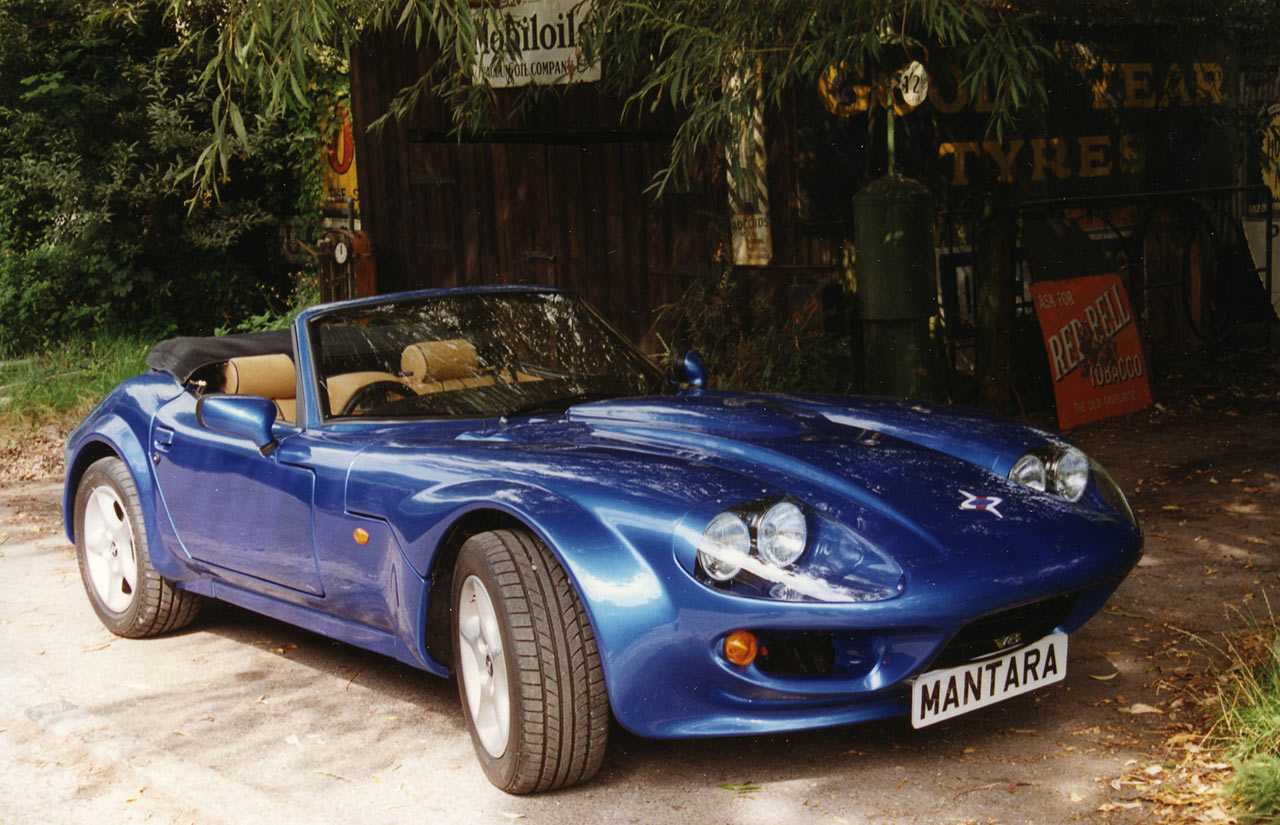Jem Marsh, who died on 2 March 2015 at the age of 84, achieved only a certificate in woodwork at school, but went on to found the long-running British sports car marque, Marcos.
Marsh found an aptitude for technical subjects in the Navy in the 1950s. He was trained on Asdic (the forerunner of Sonar), learned welding, and took up photography. "I used to do all my own developing down in the bilge of the ship, and sold photographs to anyone and everyone,” he told me in an interview in 2012. The money he made went into building and racing an Austin 7 special he called the Speedex. In his third year of racing he won the championship.
"I suddenly twigged, looking at what everybody else was doing, that they were all overweight. The 750cc pushrod engine produces less than 30hp, so you had to get the weight right down. Everything was drilled out. The body was aluminium, wrapped round steel tubes I'd welded up."

Ugly Ducking Marcos GT was designed for Marsh's 6ft 4in height. This is the ex-Jackie Stewart car. via Newspress

Mini Marcos mated a glassfibre bodyshell to Mini mechanicals. via Newspress
Marsh moved into an abandoned hat factory in Luton and started building replicas of his winning car under the name of Speedex Castings and Accessories Ltd. He met Frank Costin at a 750 Motor Club event and the pair came up with the idea of a wooden monocoque sports car using Speedex suspension and a tuned 1172cc Ford engine. Dennis Adams, a friend of Costin’s, was brought in to help along with his brother Peter.
The car was called the Marcos GT. Its high roof was designed to accommodate Marsh's 6ft 4in frame, so it looked unbalanced and was soon nicknamed 'ugly duckling'.
Costin quickly moved on to other projects. Marsh and the Adams brothers refined the Marcos idea, switching from aluminium body panels to GRP to cut costs. Early customers included Jack Oliver, later a Lotus F1 driver, and Barry Filer who bought a car for a then-unknown Scot, Jackie Stewart. Marsh bought that car back many years later, and won three Historic Sports Car Championships with it.
In 1963 Marcos built the 1800, using a Volvo engine in a wooden chassis with styling by Dennis Adams. "He just drew that car in front of me in my office,” Marsh recalled.
Though the Marcos 1800 was launched to great acclaim at the 1964 Racing Car Show, the wooden chassis became more and more expensive to produce, and was eventually replaced by a steel tube chassis.
Marsh also realised that Mini subframes could be bolted onto a new glassfibre bodyshell to make a budget sports car, the Mini Marcos. "There was a good market,” he said. “We did them self-colour in the beginning because it's much cheaper than painting. It worked very well except the average person didn't know how to keep it shiny. You need stuff called 'Elbow Grease'."

Mantara was one of a new era of Marcos cars in the 1990s. via Newspress

Marcos was at the forefront of the revival in GT racing. via Newspress

Only a handful of the promising Marcos TSO cars were built. via Newspress
Rising costs, problems with a new four-seater called the Mantis and trouble with cars for the US market brought Marcos to its knees in 1971. Marsh sold the name, but bought it back in 1976. He restarted production of kits in the early 1980s with the Rover V8-engined Mantula, followed by the Cortina-engined Martina and then the restyled, fully-built Mantara in 1993.
Rover-engined LM400 and LM500 (5.0-litre) GT racing cars followed, then Marcos built two 6.3-litre Chevrolet V8-engined cars with 520bhp for Le Mans. One broke its propshaft after 20 hours, but the other made it to the finish – and a huge ovation from the Brits in the crowd.
Marcos was struggling again by 2000, and was taken over by Canadian dot-com millionaire Tony Stelliga. The promising Marcos TSO ultimately came to little because, Marsh said, Stelliga had too little expertise in manufacturing.
Marsh remained associated with Marcos for the rest of his life. He compiled a book, Making my Marque, bought an early Mini Marcos to restore and planned a museum to house his decades of Marcos memorabilia.
